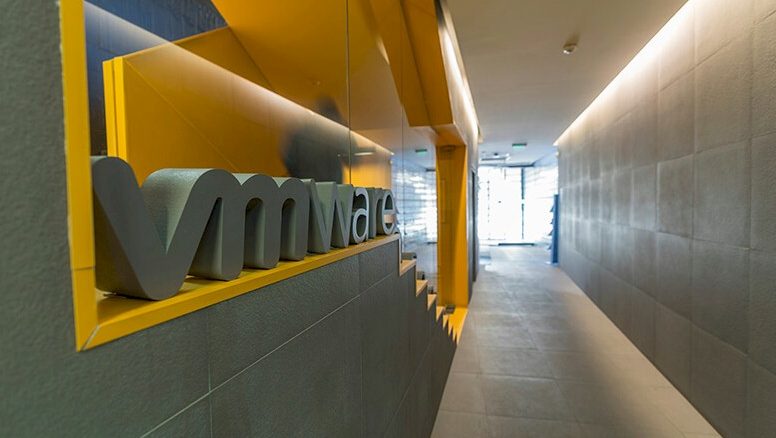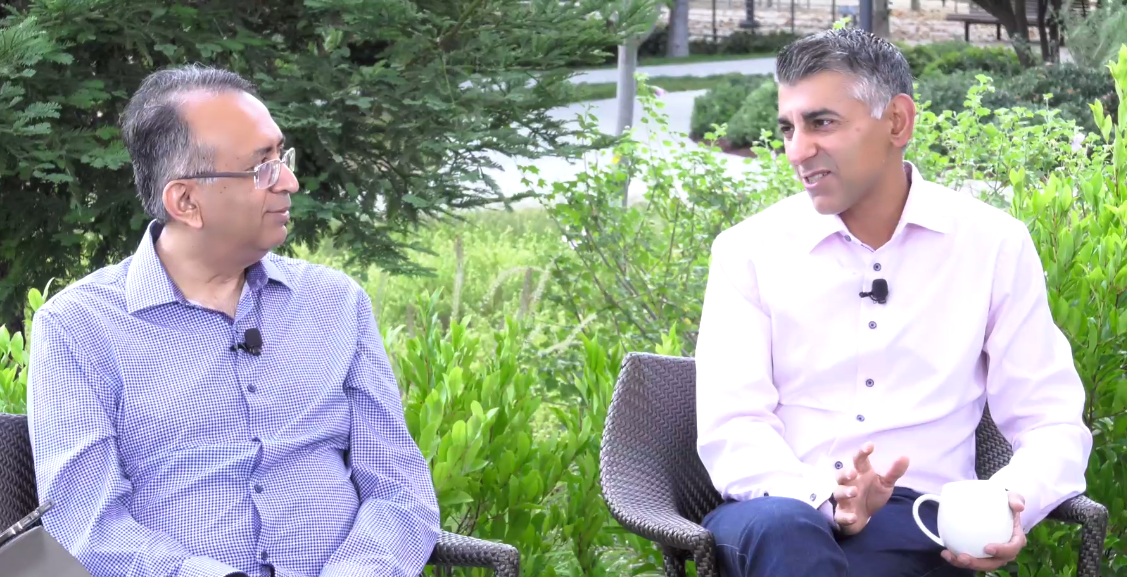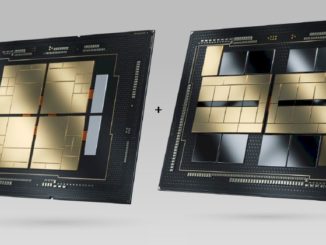
VMware is a company that has always embraced change. As we have noted before, the company that started off roiling the datacenter with virtualization technology that initially changed the dynamics — from efficiency to flexibility to costs — of servers and eventually expanded to include storage appliance and enterprise networks, creating what it referred to as the software-defined datacenter (SDDC).
As the cloud came to dominate the IT conversation over the past several years, VMware grew its reach beyond the datacenter and into the cloud and, eventually, the edge. Its vRealize management platform can manage containerized workloads as well as datacenter applications, it has leaned on its relationship with Dell Technologies to become the hardware vendor’s key cloud partner and launched its Tanzu platform in 2019 that enables developers to create modern apps and supports both containers and virtual machines (VMs).
In addition, the company has developed partnerships with such major public cloud vendors as Amazon Web Services, Microsoft Azure, Google Cloud, and Alibaba. It also has built out its cloud security capabilities in large part through its $2.1 billion acquisition of Carbon Black in 2019.
More recently, the company saw a change in leadership, with longtime CEO Pat Gelsinger returning to his Intel roots and becoming the chip maker’s eighth chief executive. Raghu Raghuram, an 18-year veteran of VMware who has been involved in everything from the company’s virtualization development to its latest cloud efforts, was named Chief Executive Officer in June.
Now the company is less than two months away from spinning off from Dell, which owns about 81 percent of VMware — a move that makes VMware an independent company that will be able to expand its list of partners and tighten the relationships with those it’s already working with.
Raghuram and VMware President Sumit Dhawan — who took over the position around the same time Raghuram became CEO — recently sat down for a virtual Q&A with journalists to talk about the CEO’s first 100 days, how VMware has gotten to this point and what it’s looking at down the road. And while VMware has embraced the change that has come in recent years, the executives were clear that for the company, multicloud and hybrid cloud — reach from the cloud to the datacenter and edge — are front and center.

“Our role is to provide the platforms and infrastructure to enable our customers to take advantage of this computing capacity,” Raghuram said. “That’s across multiple clouds in their datacenter [and] on the edge of the network. It is this ubiquity of computing that’s opening up a whole set of exciting new innovations for our customers and we want to be the software company that enables all of that.”
This is coming as the COVID-19 pandemic accelerated enterprises’ push to the cloud and fueled the expansion of what already was becoming a highly distributed IT environment. They need not only a way to become established in the cloud and at the edge, but also a way to manage such a complex architecture. VMware offers a range of capabilities — from vRealize and vSphere to Tanzu and VMware Cloud Foundation (VCF) — that can help enterprises deploy, manage and develop modern applications for their multicloud environments. In April it brought Tanzu and VCF under a single umbrella called VMware Cloud that also offers the ability for organizations to buy VMware infrastructure and services via a subscription model.
The changing IT landscape is opening up a lot of opportunities for VMware, the CEO said, noting that 74 percent of its customers are using two or more clouds, while 40 percent are using at least three.
“VMware’s opportunity is because the world is becoming more distributed,” Raghuram said. “The conventional wisdom was the world is becoming centralized. Everyone is going to go live on one cloud. Over the last decade, as it turned out — especially the last few years — the world has become a lot more distributed. Let me talk about the edge, the 5G, the datacenter. We are living in a new era of distributed computing and we want to be the platform for distributed computing. Not only do we want to be the platform, but we want to do it using the open technologies and the open protocols that are coming up in order to be able to manage things like Kubernetes and so on.”
VMware’s spinoff from Dell, which is on track to happen in early November, will help the virtualization pioneer in its cloud ambitions. Dell, which acquired VMware as part of its massive $60 billion-plus purchase of storage giant EMC in 2016, announced the spin-off decision more than a year ago but waited until later this year to pull the trigger in order for the deal to be free of taxes.
“If you think about multicloud, what we really are saying is that we want to be the Switzerland of the industry,” Raghuram said. “If you want to be the Switzerland of the industry, then you want to be an independent company and that’s where we are headed after the spin. It will allow partners that previously were competitors of Dell to now look at VMware in a new light and say, ‘We can do strategic things with VMware’. At the same time, we have a fantastic relationship with Dell and we do a tremendous amount of business with them. We have codified that into a commercial framework agreement and a technology agreement that allows for continued and deepened technology and business collaboration with them. We think post-spin, we’ll be in a best-of-both-worlds situation.”
As an example, Lenovo and VMware announced a partnership that will have the OEM bundle VMware’s edge technologies into its ThinkSystem SE350 edge servers.
Raghuram and Dhawan fielded a broad array of questions, including the role of VMware’s hypervisor at a time of clouds and Kubernetes.
“Tanzu is a very fundamental part of our portfolio,” the CEO said. “The growth opportunity for Tanzu is just the growth opportunity for applications as a whole. … That really is an opportunity for Tanzu that is massive. The thing, though, is that every time a new application gets written with Tanzu, it could land on some piece of infrastructure, either the public cloud infrastructure or potentially the VMware hypervisor. We think the hypervisor will come out to be the best infrastructure for modern applications, so I expect the growth of modern applications to benefit both.”
In addition, 5G and the telco space is another opportunity for VMware, according to Dhawan. 5G is a key technology for leveraging modern applications and advanced technologies like artificial intelligence (AI) and machine learning — reaching the edge, taking advantage of the cloud and creating a hybrid environment where datacenter infrastructure comes with cloud-like features. It also will play an important role as the hybrid workforce accelerated by the pandemic becomes part of everyday life, increasing the distributed nature of not only IT but also of work.
“The pandemic has made customers realize that the virtual desktop is an extremely powerful tool for enabling employees to be able to have a great experience that’s fully controlled anywhere,” he said. “We have seen tremendous boost in not just a short-term move from last year, but more feedback on how to invest in virtual desktops in a much more strategic fashion. Secondly, what we’re seeing is modernizing it by leveraging the power of cloud. We see much higher interest in terms of taking both customers that have been invested in the five generations of virtual desktop solutions — of ours as well as others — and looking at now one cloud-based solution.”
VMware also will continue to invest in AI and machine learning, which Raghuram said is fundamental to the company’s strategy and to how IT will operate in the coming years.
“Our approach is really to build machine learning into the platforms that we do and the management that we do in a distributed role,” he said. “Going back to management, you can’t have humans managing this, you’ve got to have machines managing in this distributed world. You can’t have just human intelligence figuring out who the bad guys that are attacking you from a security point of view. You need machines doing it. So we’re excited by not just coming up with new machine learning algorithms, but really putting it to use to create this new world of distributed multicloud.”





Be the first to comment